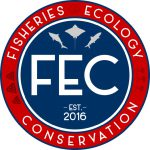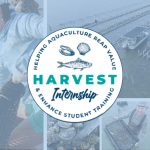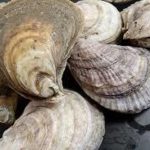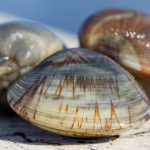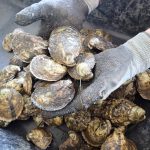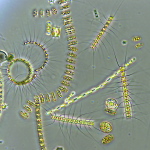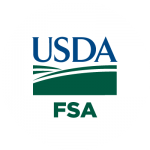
Sign-up for 2023 NAP crop policy by September 30
The Noninsured Crop Disaster Assistance Program (NAP) can provide shellfish growers with catastrophic coverage for losses due to natural disasters. NAP is sold and serviced by your local USDA Farm Service Agency (FSA) office. To find your county office, go to https://www.fsa.usda.gov/state-offices/Florida/index. The basic catastrophic policy (CAT) provides coverage at 50% of the value of your inventory at 55% of the FSA established price. NAP is affordable at $325 administrative fee for a CAT policy and FSA will waive this fee for beginning, veteran, historically underserved and limited resource farmers. Growers can purchase additional coverage at 50%, 55%, 60% and


